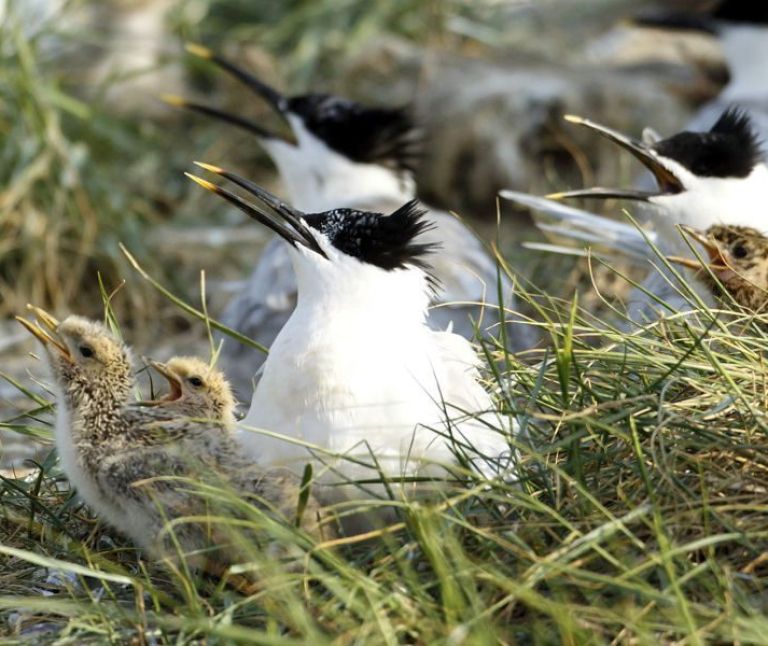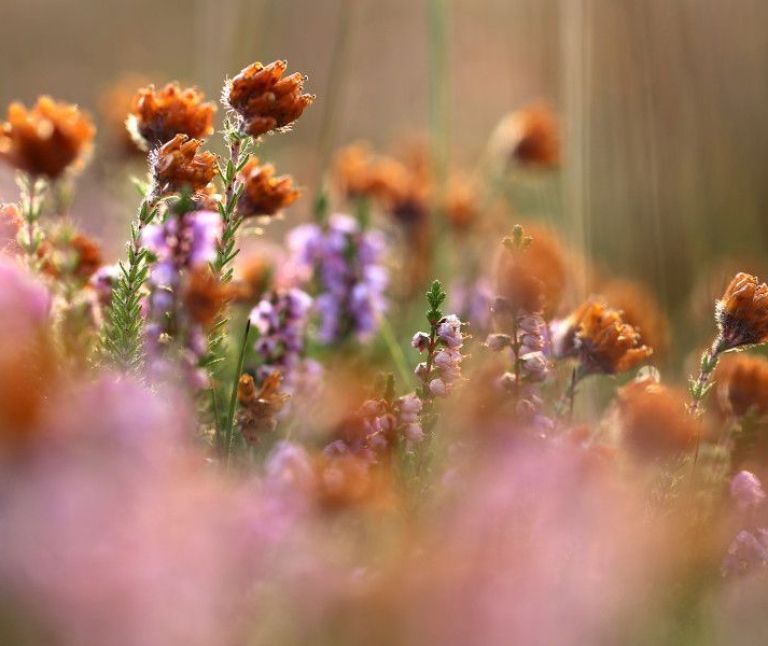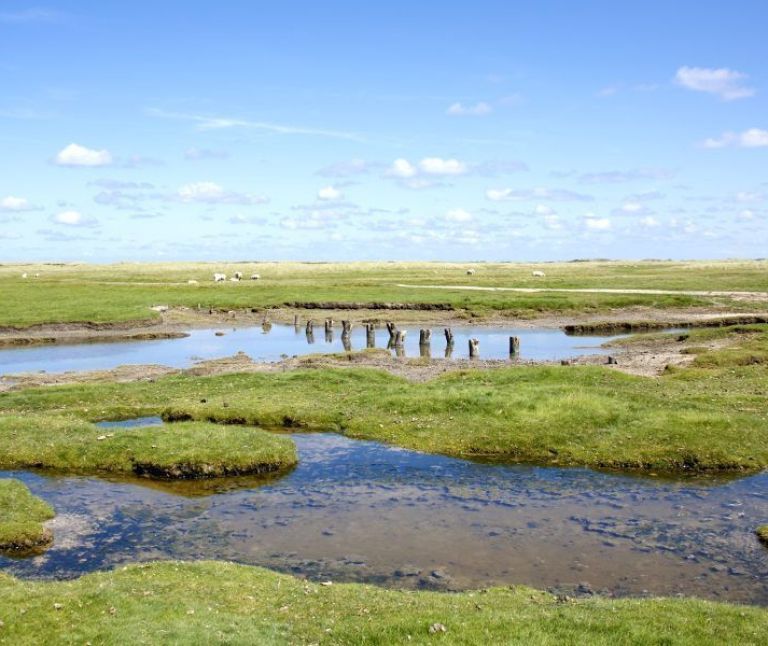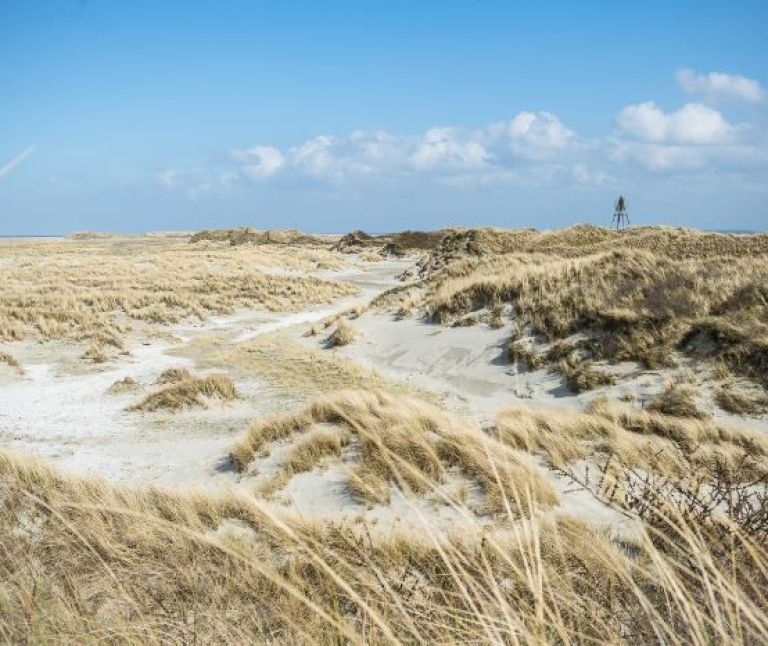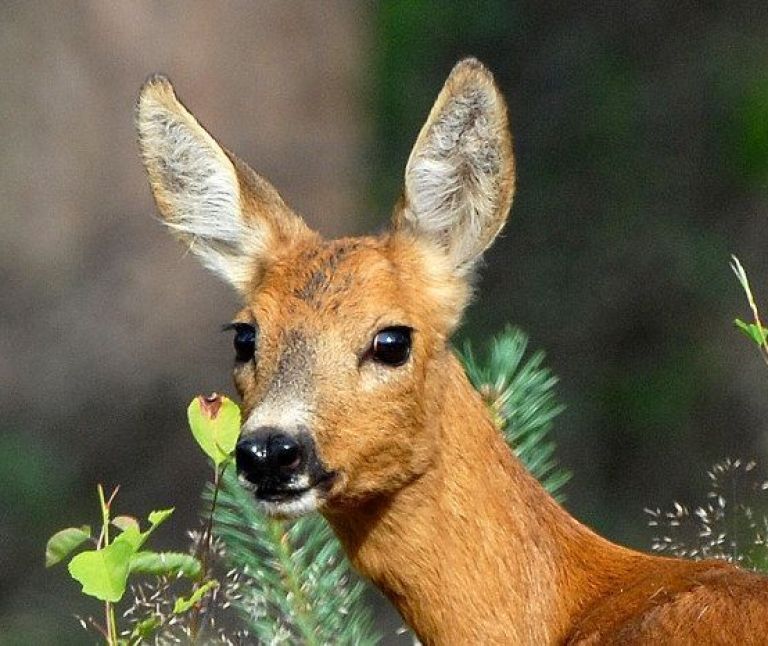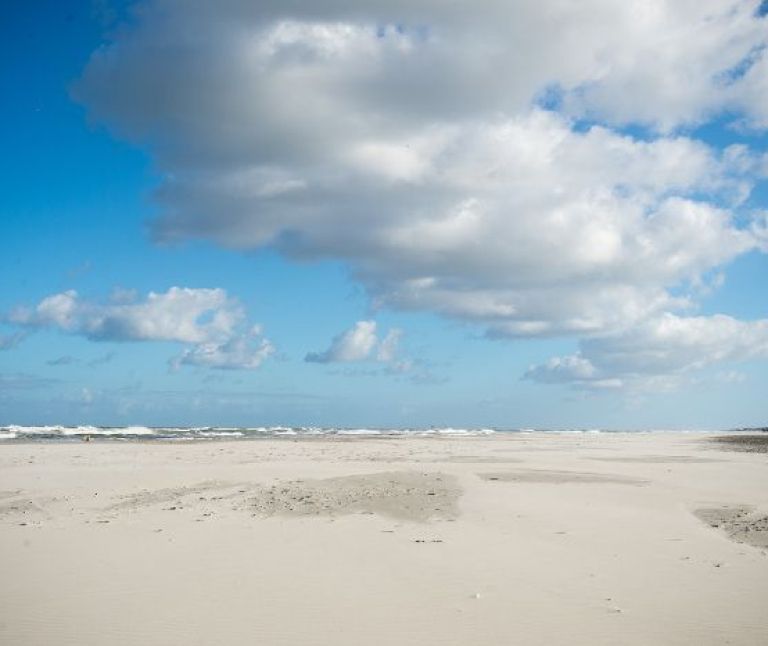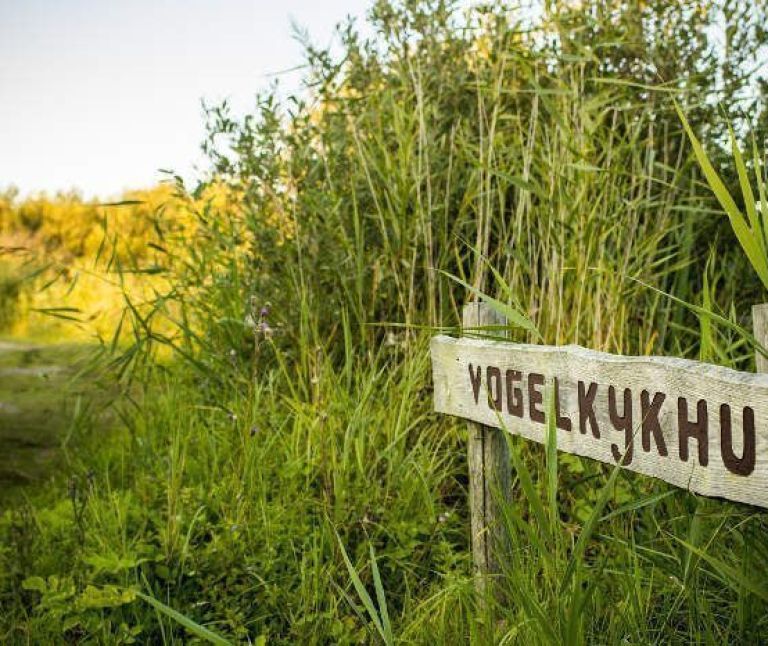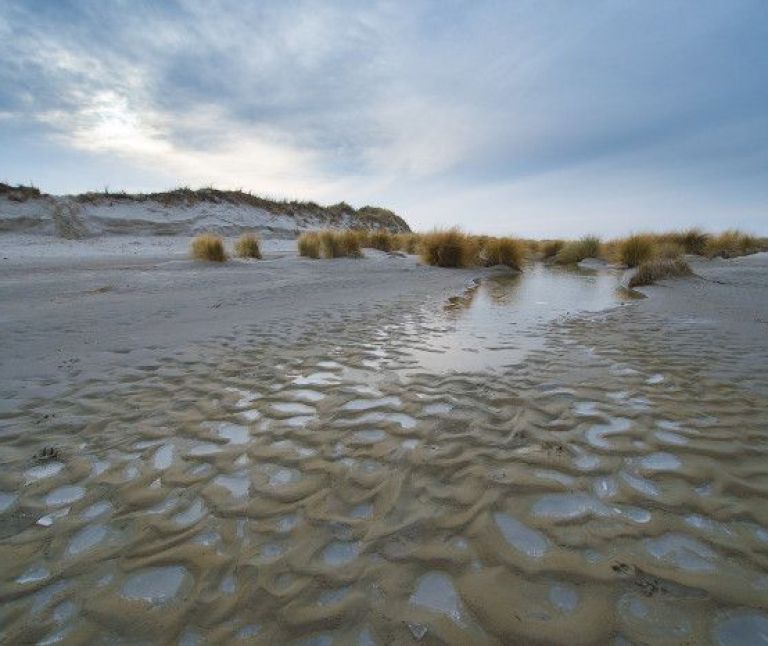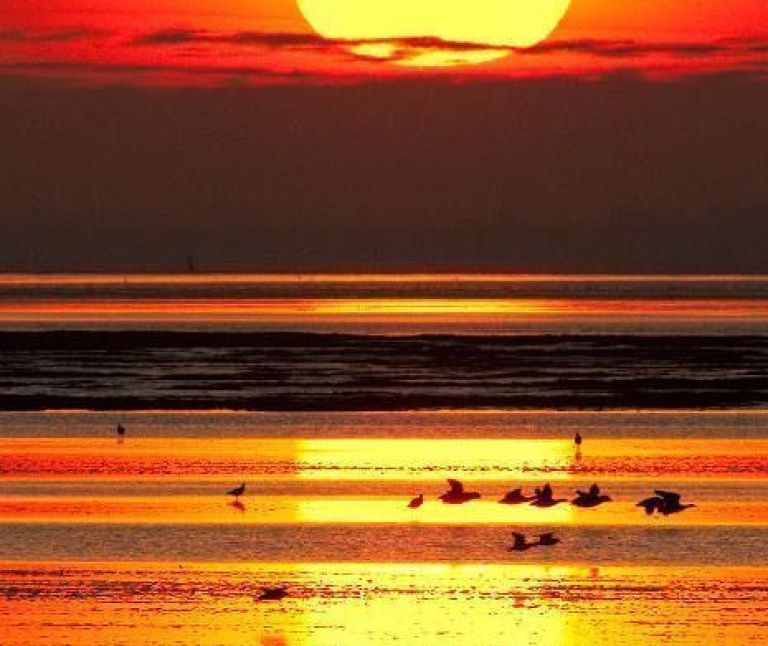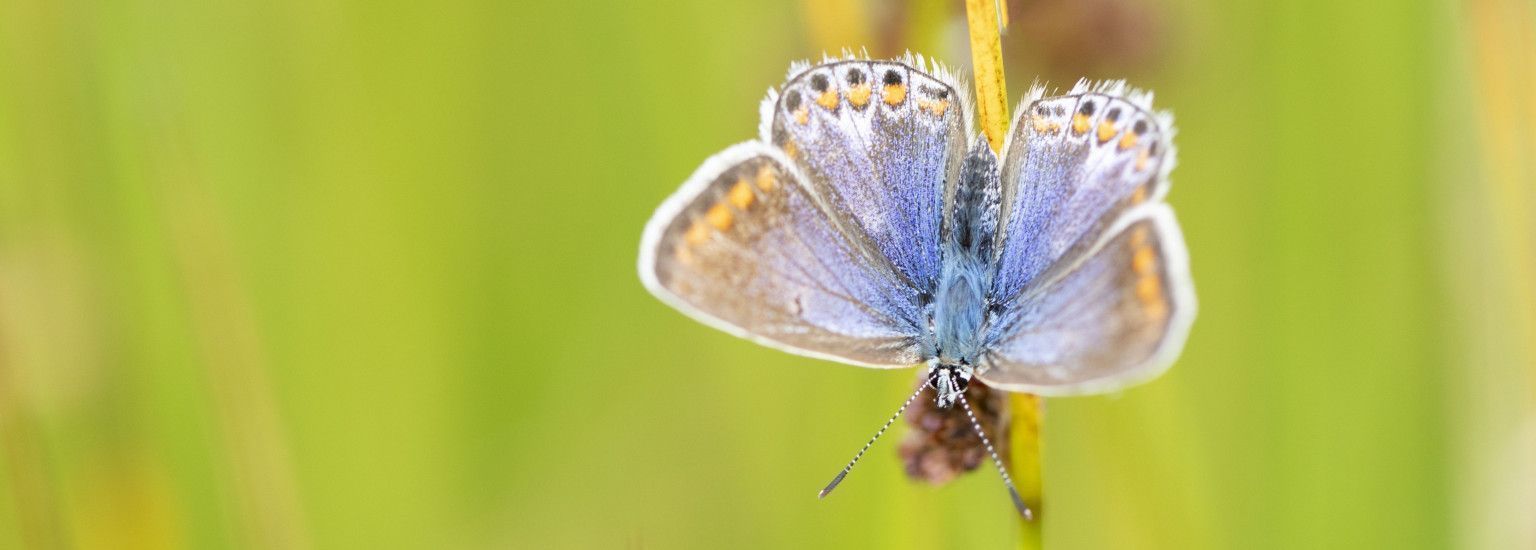
Flora and fauna
Forest, dunes, and (vegetated) mudflats. The wadden island Ameland offers you different kinds of landscapes. Discover the great diversity of flowers, plants and animals for yourself!
Flora
Ameland's flora is very rich. There is much to see and discover on Ameland in this respect, from plants like searocket and salsola to the forests with various fern- and tree kinds. In winter the wet dune valleys are a great place for orchids.
Verges and ditches on Ameland also offer striking vegetation. With a little luck, the attentive hiker can even find a random orchid!
Of course the Wad is more than silt and water. Its vegetation is more than worth seeing. Wandering along the vegetated saltmarshes and the stretched out sand flats, hikers who look closely will discover many interesting aspects of the flora on Ameland.
Fauna
Ameland is a wadden island full of animals, on land, in the sea, and in the sky. From roe deer to crayfish. From pheasants to crab. You can read more about deer and pheasants on Ameland below.
A roe deer as mudflat hiker
Ameland is an island and yet roe deer live there. Last century, jumping along the sandy flats and swimming through the channels a deer ended up on Ameland. Soon, he found a place to settle in the vast sea bockthorn wilderness. The people of Ameland then bought a female roe deer themselves.
The natural 'consequence' was inevitable and soon the people of Ameland happily noticed a rise in the roe deer population on the island. Pretty accurate census shows there are now more than 100 roe deer on the island. Ameland cherishes its roe deer. Nowadays, you can see them all over the island.
Pheasants
You can find pheasants mainly in the dunes and forest. Before 1945 they weren't found on Ameland, only afterwards they were introduced. The arrival of the pheasants on the island had a pleasant side effect. Pheasants like to eat caterpillars and therefore the number of caterpillars on Ameland is limited.
'Feugelpôlle'
You will find the 'Feugelpôlle' (bird salt marsh) on the southwestern coast of Ameland. This salt marsh proves a perfect breeding ground for one of the biggest colonies of sterns in Western Europe.
